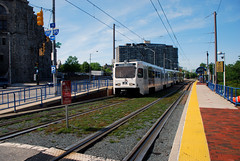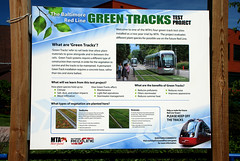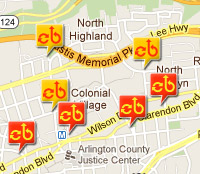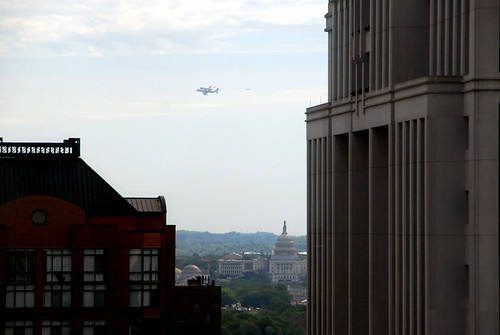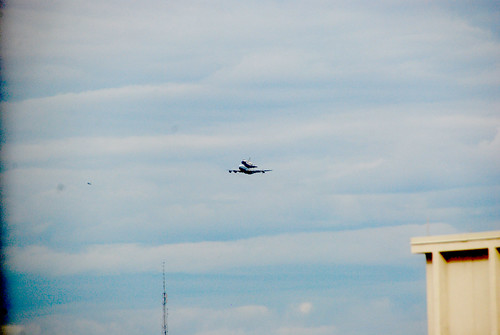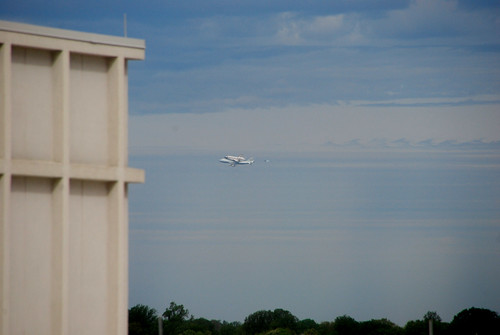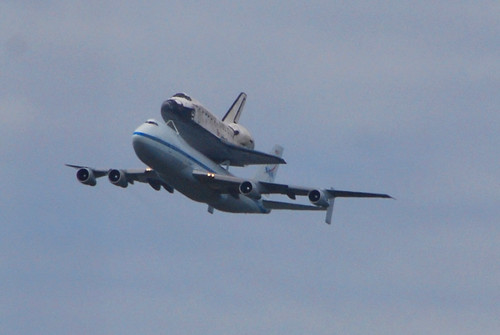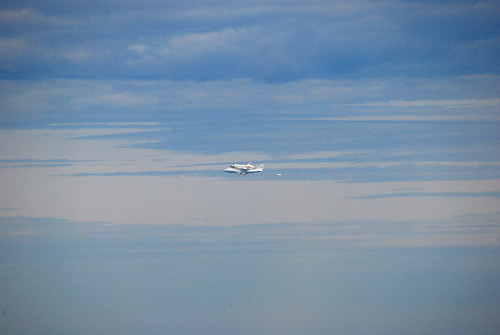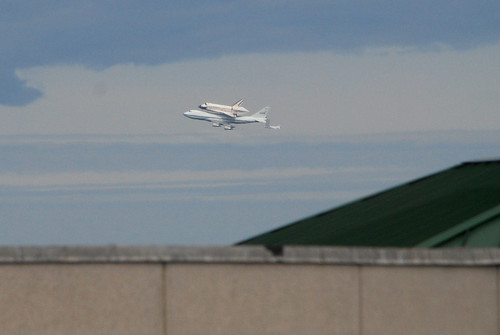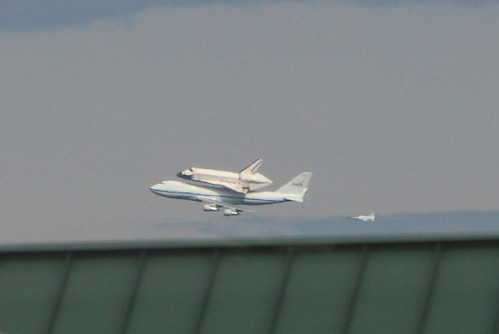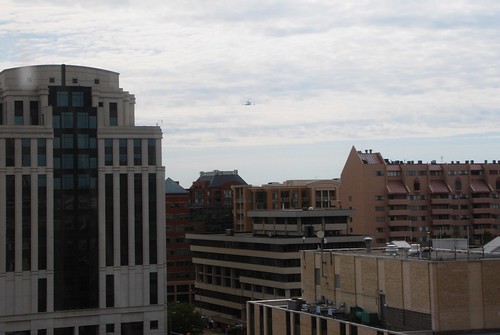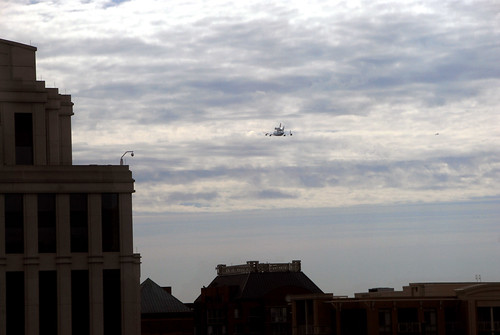|
Special Features





Image Libraries


|
|
Blog
Maryland is beginning to take the idea of grass track beds for light rail very seriously. For years renderings of the Purple Line have shown grass tracks in some sections, and now the state has installed an actual grass track as a pilot project in Baltimore.
Actually, they are testing a variety of green track beds, grass being only one of the options. They’re also looking at sedums, another type of ground cover plant that is often used on green roofs, and which use less water and are easier to maintain than regular grass.
Here are some pictures of the test project:
MTA has also been repainting its light rail cars with new color schemes in recent years. This is apparently part of a refurbishment project for its oldest railcars. The original blue stripe livery is slowly disappearing, as cars are repainted with the more colorful 2010 and 2011 liveries.

Original 1992 livery. |
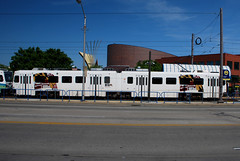
~2003 livery. |

~2010 livery. |
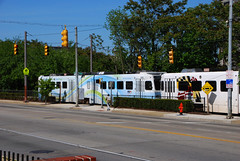
~2011 livery (left). |
Average Rating: 4.7 out of 5 based on 247 user reviews.
April 30th, 2012 | Permalink
Tags: galleries, lightrail, transportation, urbandesign

|
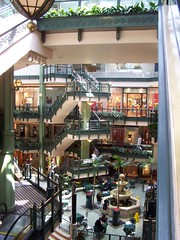
Georgetown Park Mall. Not on the list, but I have a picture of it! |
Washington Business Journal has an interesting list of the largest shopping centers in the region, by total square footage. Neato.
As expected, they’re all in the suburbs, most are enclosed malls, and the largest is Tysons Corner. What’s not expected is that two entries are strip malls, and a couple of malls that are often considered to be struggling are among the region’s largest.
Click each shopping center name for a google maps aerial.
Number 10: Lakeforest – Mall, 1.05 million square feet.
Number 9: Fair Lakes Center – Power Center, 1.17 msf.
Number 8: Montgomery Mall – Mall, 1.22 msf.
Number 7: Virginia Gateway – Power/Lifestyle Center, 1.37 msf.
I’d never even heard of this, the largest non-mall shopping center in the region.
Number 6: Dulles Town Center – Mall, 1.4 msf.
Last major enclosed mall built in the region.
Number 5: Potomac Mills – Mall, 1.52 msf.
Number 4: Fair Oaks – Mall, 1.6 msf.
Number 3: Wheaton Mall – Mall, 1.65 msf.
The fact that this is bigger than Montgomery Mall is a major surprise.
Number 2: Springfield Mall – Mall, 2 msf.
I wouldn’t have guessed this would be closer in size to #1 Tysons Corner than to #3 Wheaton.
Number 1: Tysons Corner Center – Mall, 2.2 msf.
No surprise this is #1, even without its next-door neighbor Tysons Galleria.
Average Rating: 4.4 out of 5 based on 208 user reviews.
April 27th, 2012 | Permalink
Tags: top10

When Walmart announced it would open 6 stores in DC, many wondered whether the stores would use urban or suburban layouts. With the plans for all the stores finally available, now we know.
3 of the 6 stores will be unquestionably urban. 1 will be a hybrid with some urban characteristics. 2 will be almost completely suburban.
Gonzaga: The closest store to downtown is suitably the most urban. With apartments above and smaller-format retailers lining the street, Walmart’s H Street location is a model of what urban big boxes should be.
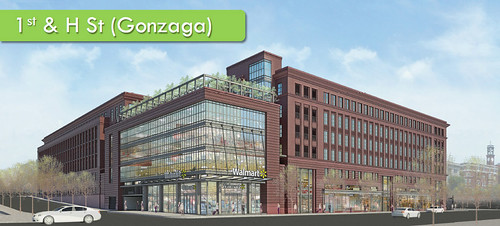
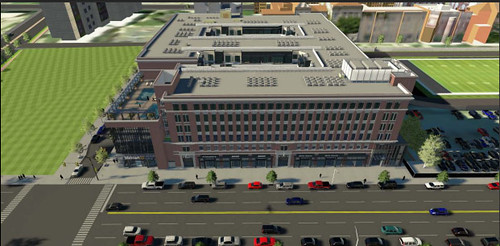
Fort Totten: Almost as good as the Gonzaga design, this store is inferior only because it’s in a much more isolated location, and because the building materials appear to be somewhat cheaper. But still, the design is unquestionably strong.
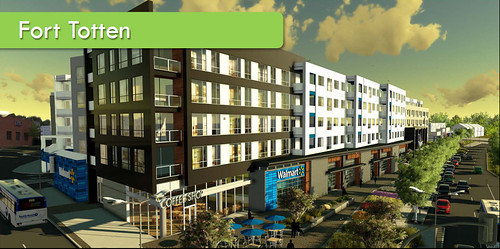
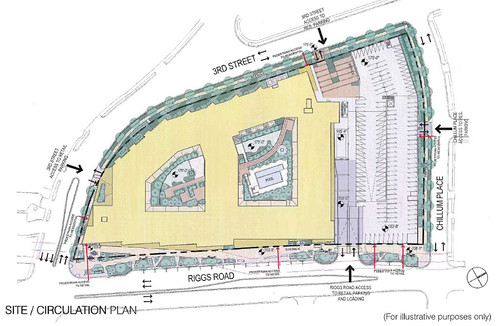
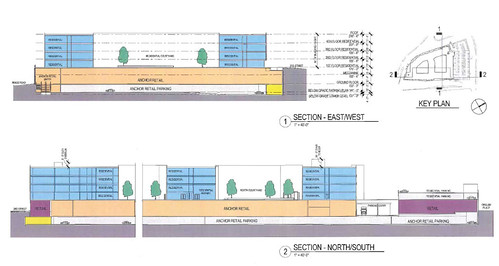
Georgia Avenue: Although this design lacks the mixed-use amenities of the previous two, it’s still primarily urban, with greater emphasis on pedestrian access than vehicular. It greets the street and parking is provided underground. It’s a reasonable choice for a neighborhood that has not seen much investment in recent years.
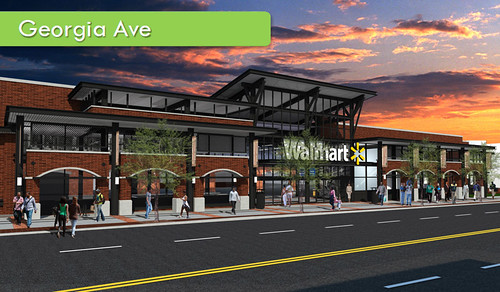
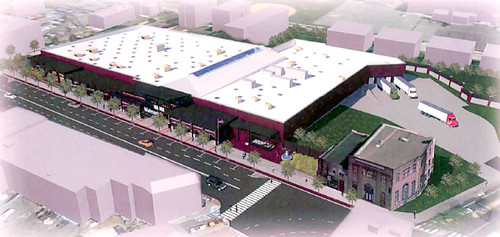

Skyland Town Center: Resembling something one might expect to see in Gaithersburg, this location is a bit like a shopping mall; it’s internally walkable, but poorly connected to any surrounding neighborhoods.
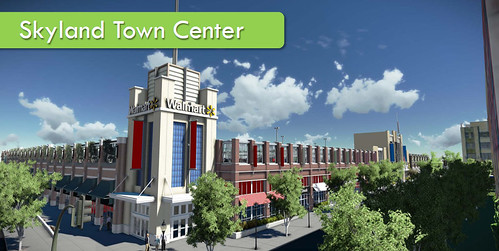

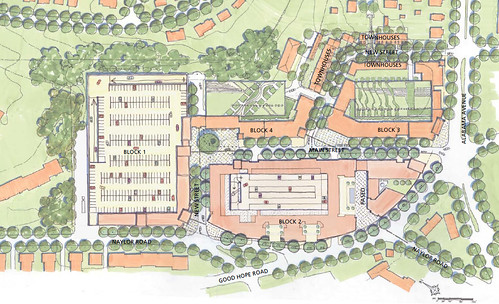
Capitol Gateway: The farthest out proposal from downtown is clearly primarily suburban. It’s a strip mall. But it does take a few tentative steps towards walkability, with both street-facing and parking lot-facing entrances.
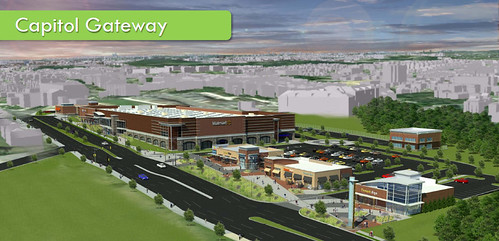

New York Avenue: The intersection of New York Avenue and Bladensburg Road is probably DC’s most car-oriented corner. And so it was predictable that Walmart would choose it for a store, and propose a totally suburban design.
The store faces away from the biggest street and fronts onto a big open-air parking lot. The only indication that this location is in a city instead of an exurb is that the Walmart will be stacked on top of another big box store (probably a Home Depot).

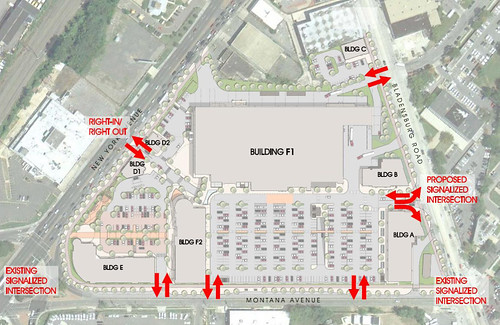
Is DC a testing ground?
Each of the 6 stores has such unique characteristics that one wonders if Walmart is using DC as an experiment to see which types of layouts work in the urban environment. By comparing the sales at the more urban stores to the more suburban ones, Walmart will gain many valuable insights.
Inevitably, Walmart will probably want to establish stores in other central cities around the country. The DC example will very likely influence the design of those future stores.
All images in this post are from Walmart.
 Cross-posted at Greater Greater Washington. Cross-posted at Greater Greater Washington.
Average Rating: 4.5 out of 5 based on 192 user reviews.
April 26th, 2012 | Permalink
Tags: architecture, development, urbandesign

|

Photo by flickr user m.caimary. |
Although the final recommendations have yet to be made, some of the information from VDOT’s I-66 Multimodal Study is beginning to become publicly available.
The study is considering whether or not I-66 inside the Beltway should be widened. It’s also looking at the possibility of tolling, and of adding bus lanes to Route 50 and increasing bus service in that corridor as an alternative to driving on I-66.
They held a public meeting last night in Arlington, and will have another one tonight in Falls Church. The meeting materials are available online, including analysis of the various options.
Tonight’s meeting is from 6:30 to 8:30 pm at Mary Ellen Henderson Middle School, 7130 Leesburg Pike. It’s accessible via West Falls Church Metro. You can also email comments to VDOT at info@i66multimodalstudy.com.
Average Rating: 4.9 out of 5 based on 219 user reviews.
April 25th, 2012 | Permalink
Tags: bus, events, roads/cars, transportation

It’s taken a year for the first dozen bikesharing stations to be installed in the Rosslyn-Ballston corridor. The next dozen will take just a week.
Three new stations went in yesterday, north of Courthouse. They’ll be followed by about two each day for the next week, until all the locations shown as bright green pins on this map are installed and functioning.
After that, another dozen stations are due later this year.
Arlington’s rollout of bikesharing may seem slow, but put in the national context it’s quite impressive. If Arlington’s network were by itself, and there were no DC stations at all, it would still qualify as the 6th largest bikesharing system in America.
Average Rating: 4.4 out of 5 based on 191 user reviews.
April 23rd, 2012 | Permalink
Tags: bike, transportation

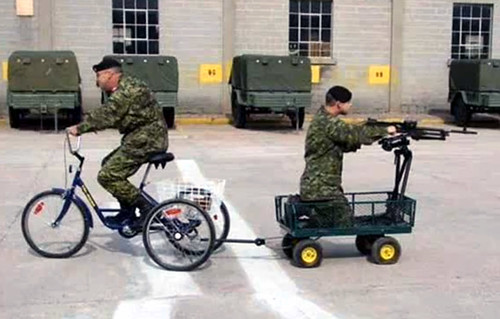
Photo source unknown.
Average Rating: 5 out of 5 based on 181 user reviews.
April 20th, 2012 | Permalink
Tags: bike, fun, transportation

Back on April 6, I tweeted: “Transportation survey shows 0.68 bikes per household in logan/14th st area, compared to 0.61 cars. More bikes than cars.” Yesterday more complete results from that survey were made public, including a handy comparison of mode share for all daily trips in 7 neighborhoods around the region.
“Mode share” means the percentage of trips that are made using a various transportation mode. That is, if someone makes exactly 1/2 of all their trips in a car, then they would have a 50% car mode share.
Next year the survey will be duplicated for a different set of neighborhoods, so over time we will generate a strong library of data about mode share for different types of living conditions around the region. It’s already clear with just these initial results that the difference between urban and suburban living conditions is huge.
Here are the additional results:
| All trips mode share |
| Neighborhood |
Car % |
Walk % |
Transit % |
Bike % |
Other % |
| Logan Circle |
19 |
57 |
14 |
6 |
4 |
| Langley Park |
63 |
23 |
9 |
2 |
4 |
| Largo |
83 |
9 |
5 |
0.2 |
4 |
| White Flint |
70 |
16 |
8 |
0.5 |
4 |
| Frederick |
85 |
9 |
1 |
1 |
3 |
| Reston |
82 |
13 |
4 |
0.3 |
1 |
| Woodbridge |
84 |
10 |
2 |
0.3 |
4 |
| |
| Commuting mode share |
| Neighborhood |
Car % |
Walk % |
Transit % |
Bike % |
Other % |
| Logan Circle |
24 |
38 |
26 |
6 |
4 |
| Langley Park |
71 |
3 |
21 |
4 |
1 |
| Largo |
82 |
1 |
16 |
1 |
0 |
| White Flint |
73 |
4 |
21 |
0.2 |
2 |
| Frederick |
91 |
3 |
3 |
2 |
1 |
| Reston |
87 |
3 |
9 |
0.8 |
1 |
| Woodbridge |
88 |
1 |
9 |
0.2 |
2 |
Notes: Car percentage includes trips made as both a driver and passenger, except for taxi cab. Taxi is included in “Other”. Transit includes both bus and Metro. Bike includes both personal bike and bikeshare.
The neighborhood referred to as “Langley Park” in this post is referred to as the “Purple Line / International Corridor” in the original report. |
Average Rating: 4.5 out of 5 based on 213 user reviews.
April 19th, 2012 | Permalink
Tags: transportation

Be sure to check the middle picture in the top row, which shows the shuttle over the US Capitol. If you prefer to view these via flickr, here is the complete set.
Average Rating: 4.8 out of 5 based on 190 user reviews.
April 17th, 2012 | Permalink
Tags: fun, galleries

I’ve never seen an articulated coach bus before, but apparently such a thing exists. Can you imagine one of these rolling along the Beltway?

Holy cow. Photo by Paul A. Bateson, aka Busman Extraordinaire on flickr.
This bus is called a Prevost H5-60. It was produced in the late 1980s and early 1990s, and seems to have eventually been discontinued. It must have been a beast to operate and maintain.
But there would be benefits to a monster bus like this. It costs commuter operations like OmniRide a ton to run out-of-service buses back and forth in the reverse-peak direction at rush hour (a process called “deadheading”). High capacity buses would mean they’d have to pay fewer drivers to deadhead, and there would probably be fuel savings to using a smaller number of larger vehicles.
Plus, imagine the branding opportunities. Buses often blend into the background, but people notice unusual things. Buses like this would market themselves in ways that other buses don’t.
There seems to be a bit of an online cult following for the Prevost H5-60 among bus geeks. Another flickr user, MegaMoonLiner, has created a blank template for people to photoshop their own livery design onto an H5-60 frame. Sounds like fun:

Possibly a new low in BeyondDC transit geekery.
Average Rating: 4.5 out of 5 based on 238 user reviews.
April 12th, 2012 | Permalink
Tags: bus, fun, transportation

Virginia governor McDonnell signed his controversial transportation omnibus bill this morning. Among other things, the bill:
- Requires comprehensive plans adopted by local jurisdictions to agree with the state’s transportation plans. This means that localities will no longer be able to officially oppose VDOT plans to build or widen highways when adopting their own plans.
- Authorizes the state to require localities that cancel or modify projects to reimburse any money the state has spent on them, even if the locality never supported the project.
- Directs 67% of any future year general fund budget surplus that is not otherwise committed towards the state’s transportation trust fund, or a “subfund” thereof. By specifying that money can go to a “subfund, ” the bill bypasses the normal formulas that distribute funding around the state and allows the governor to pick specific projects.
- Removes up to $500 million from the highways portion of the funding distribution formula and directs it towards various non-formula highway projects, including unspecified “high priority” ones.
- Allows private companies to buy naming rights for highways, bridges, and interchanges.
- Redefines the state’s popular transportation revenue sharing program to put emphasis on funding maintenance rather than capital projects.
The bill does not provide any new authority for Northern Virginia to fund and determine its own transportation goals, which has been a long time request from Northern Virginia jurisdictions.
Average Rating: 4.9 out of 5 based on 194 user reviews.
April 11th, 2012 | Permalink
Tags: government, roads/cars, transportation

|
Media





Site
About BeyondDC
Archive 2003-06
Contact
Category Tags:
Partners
|

